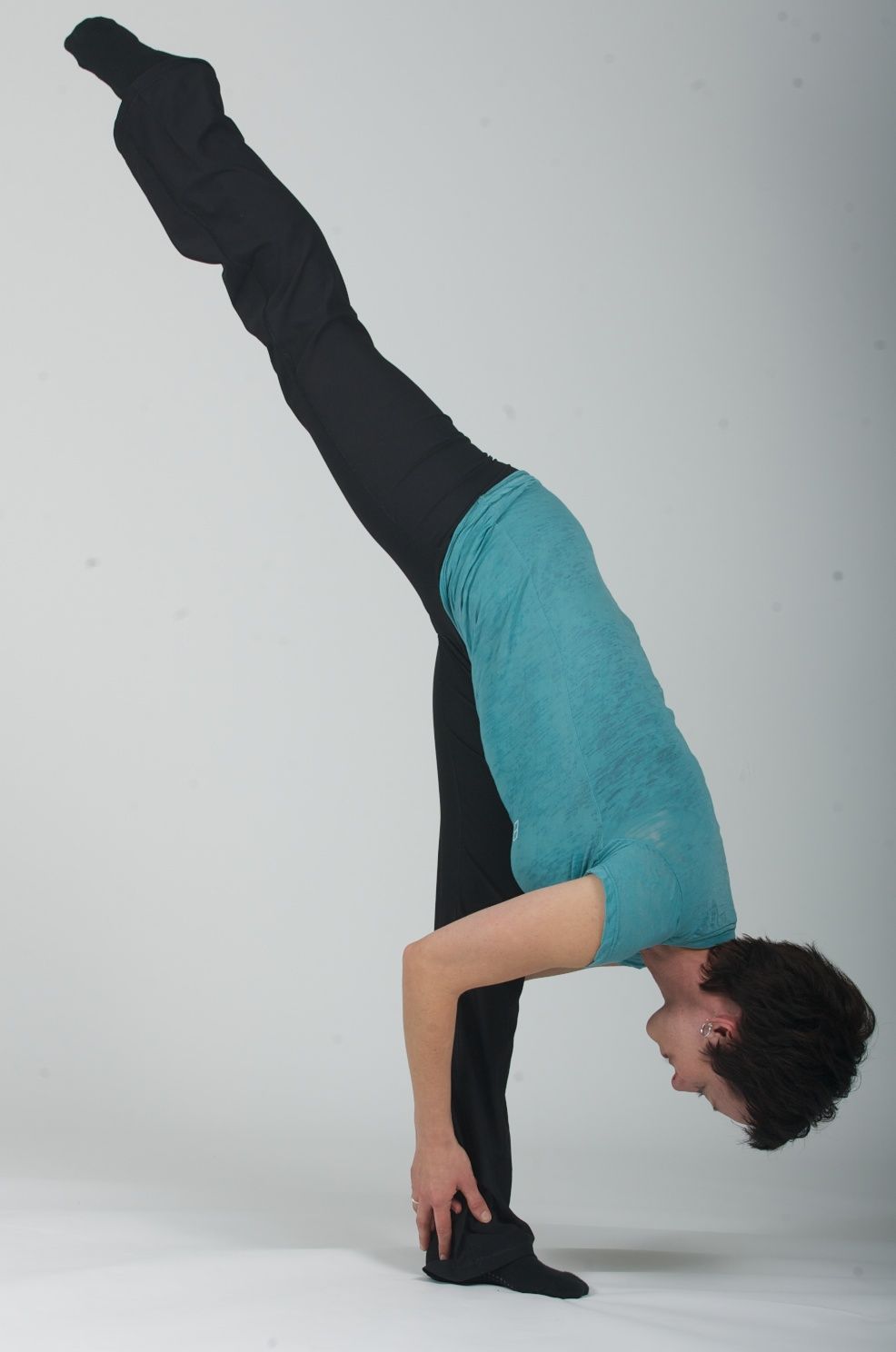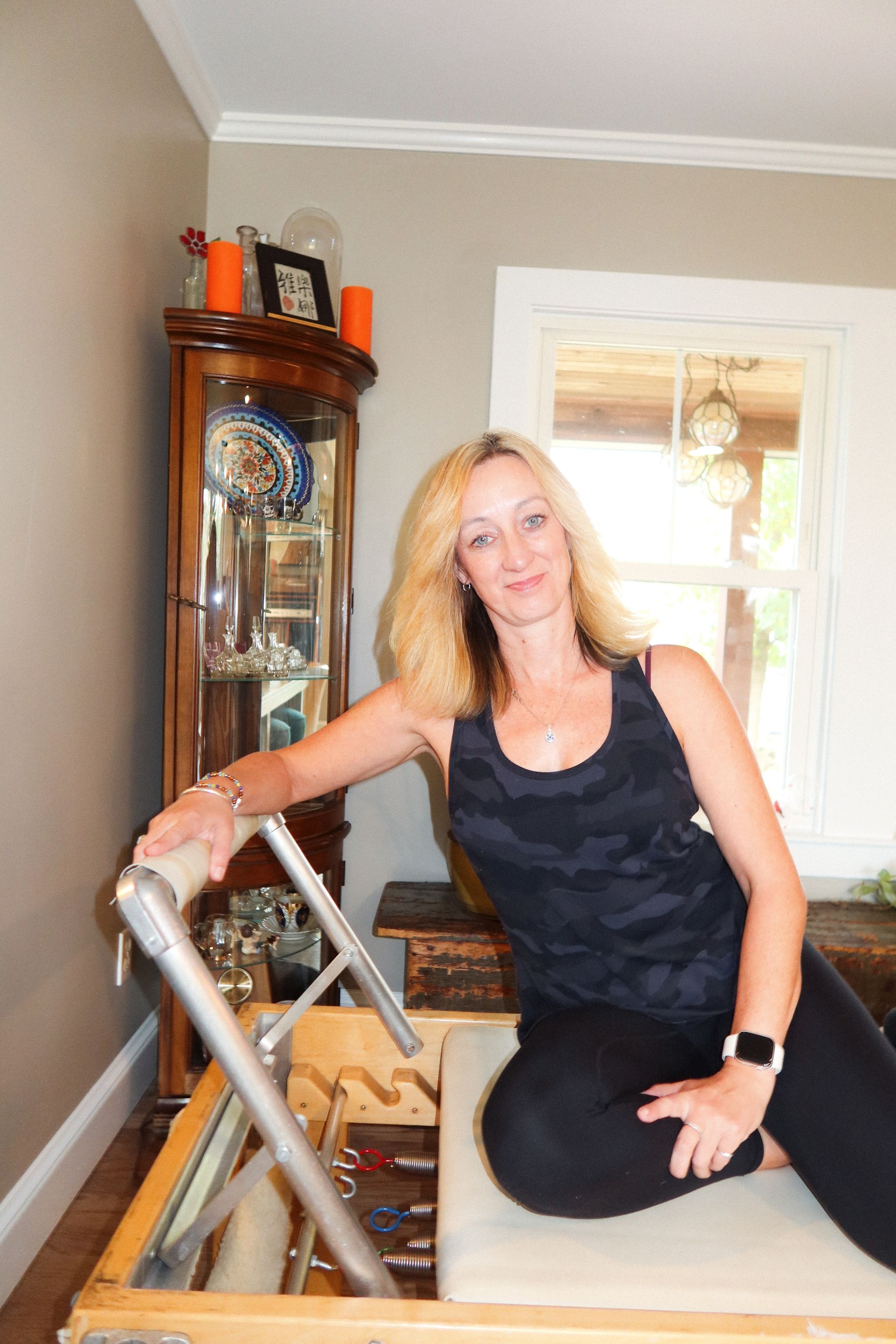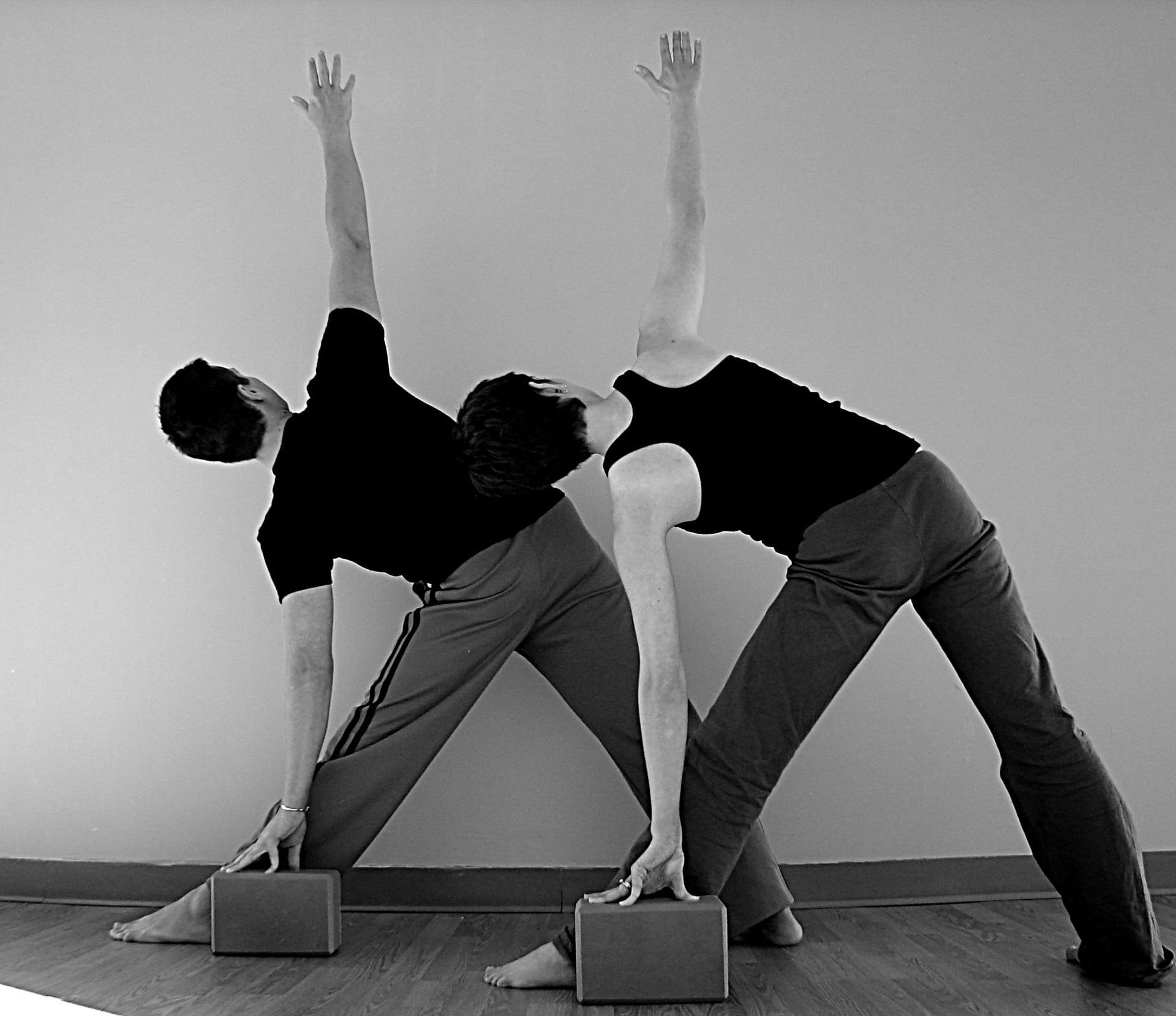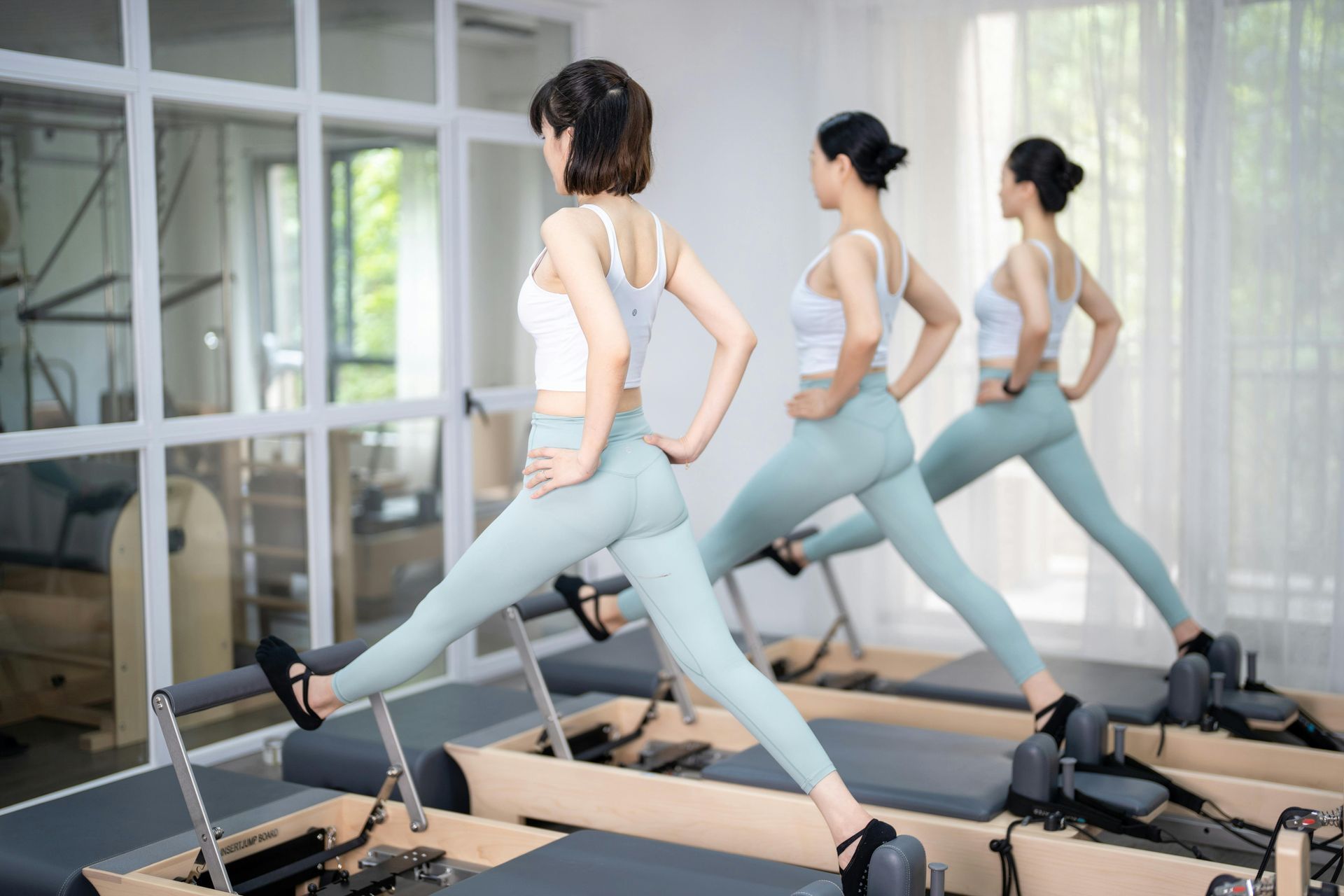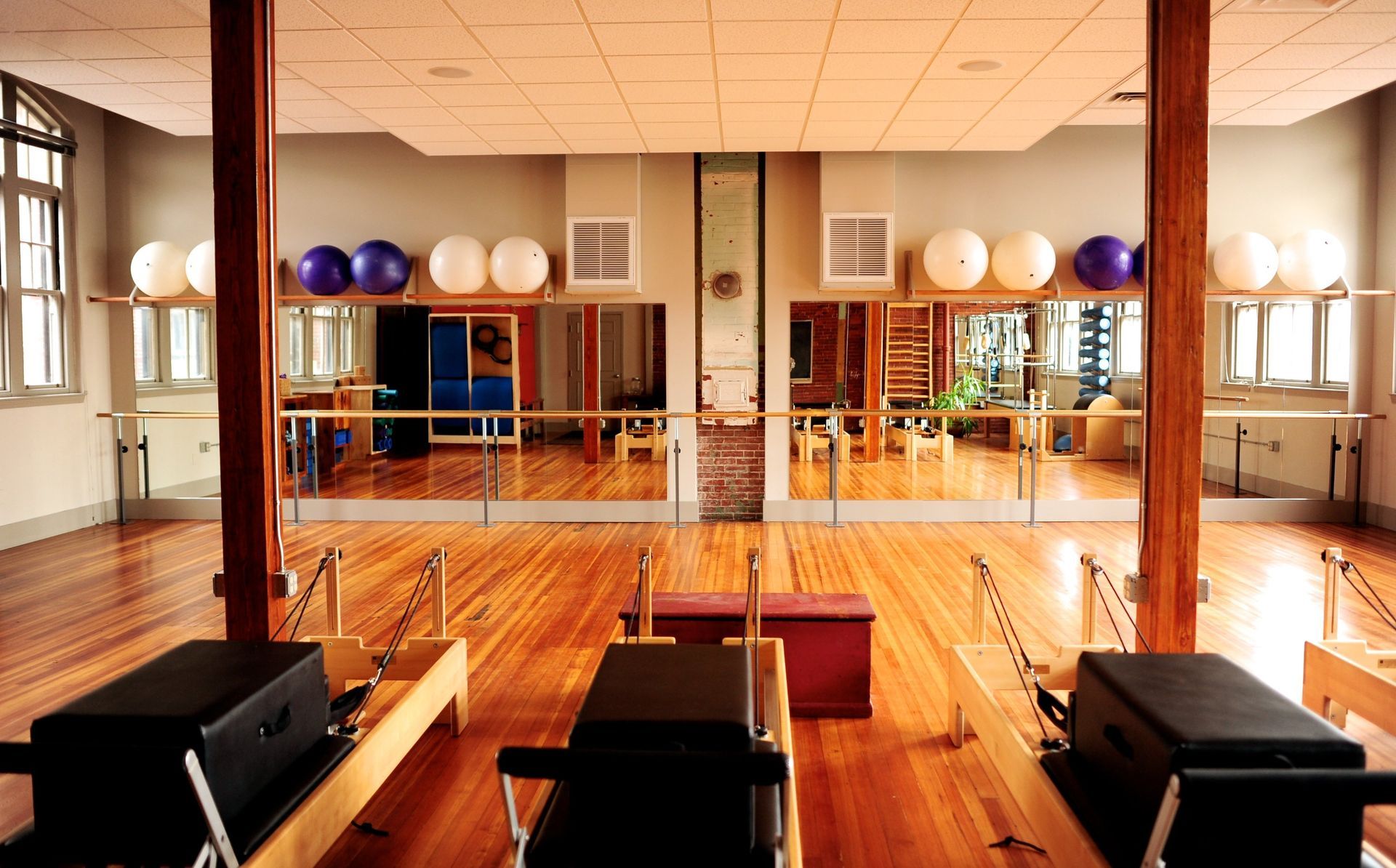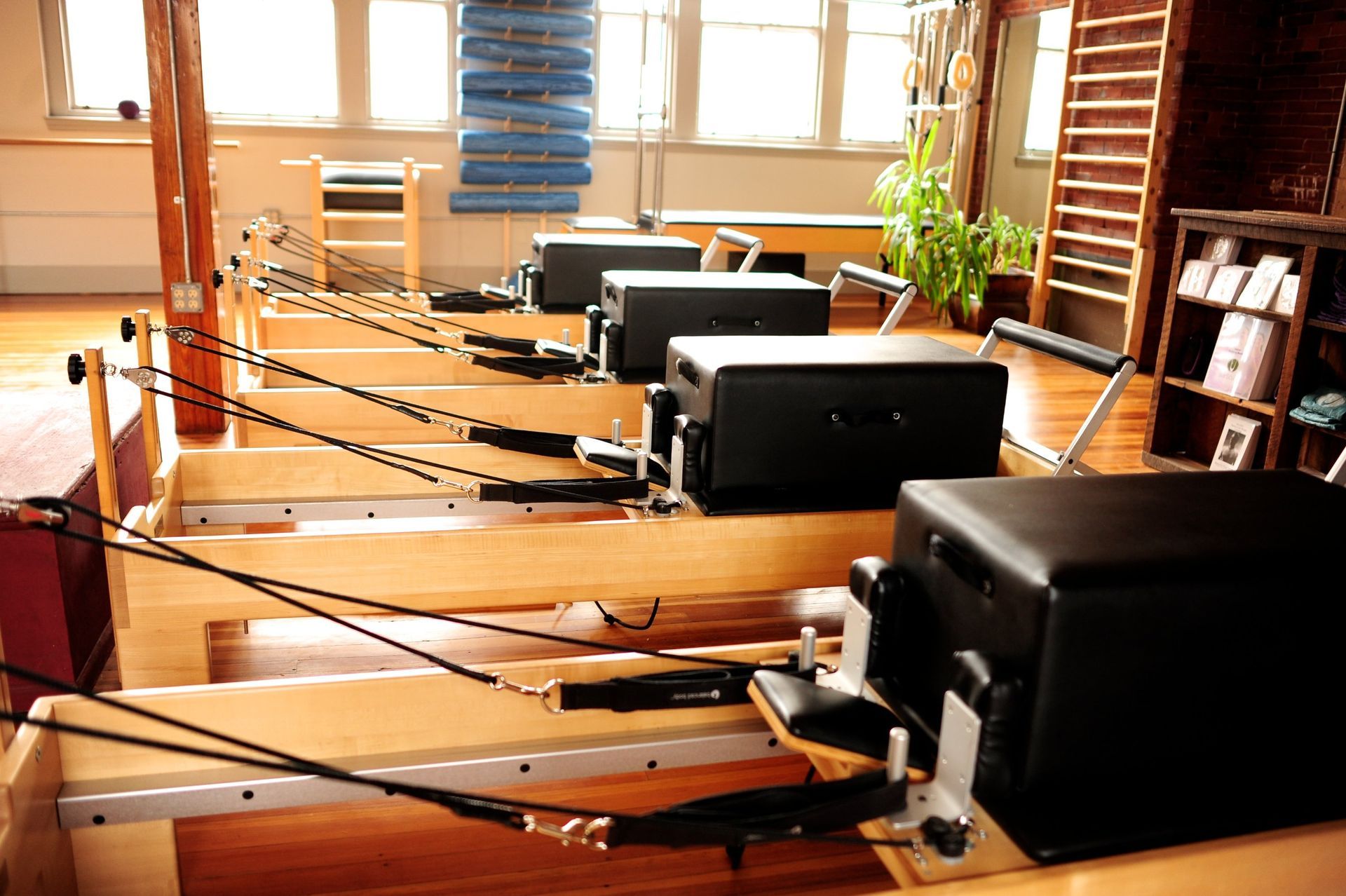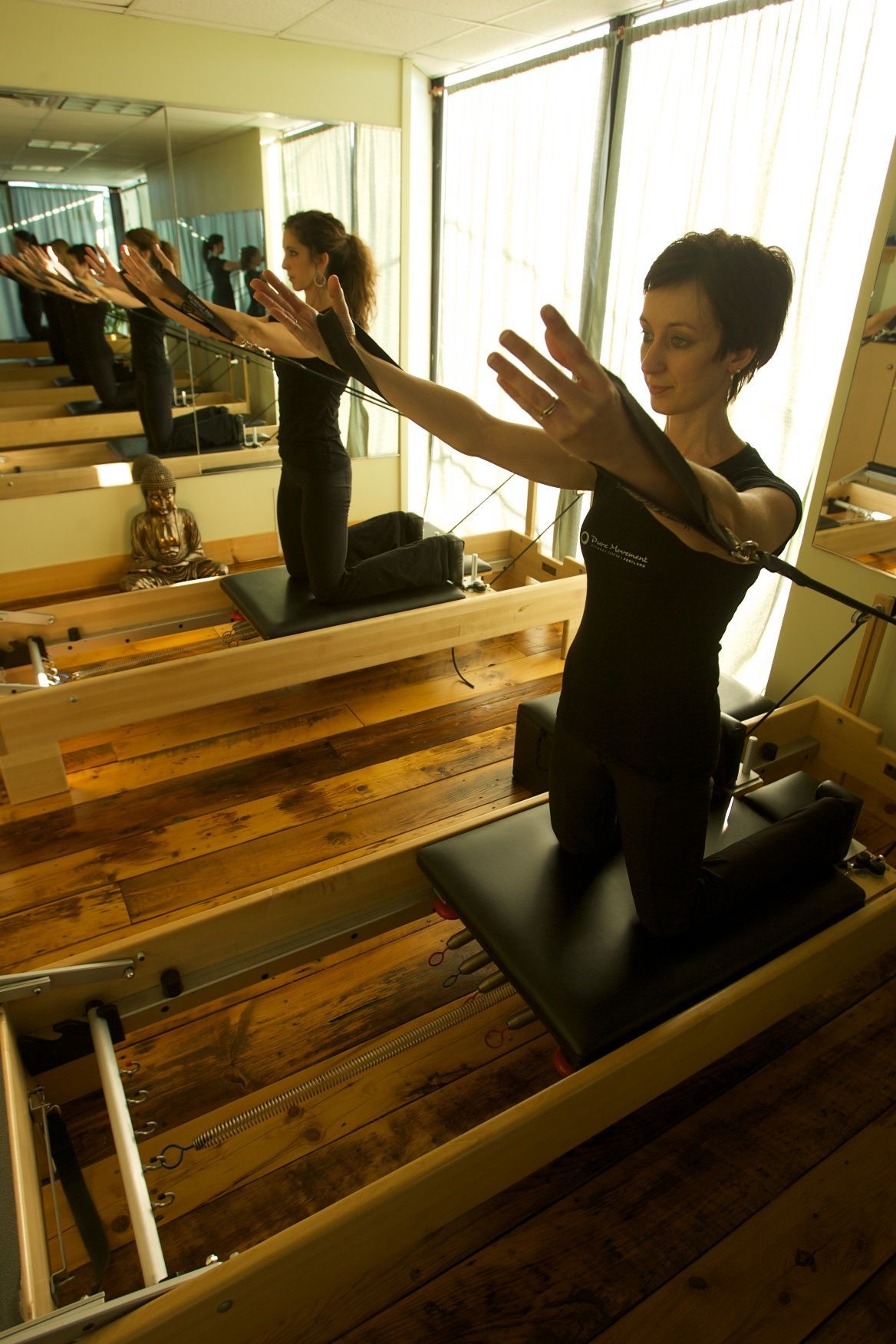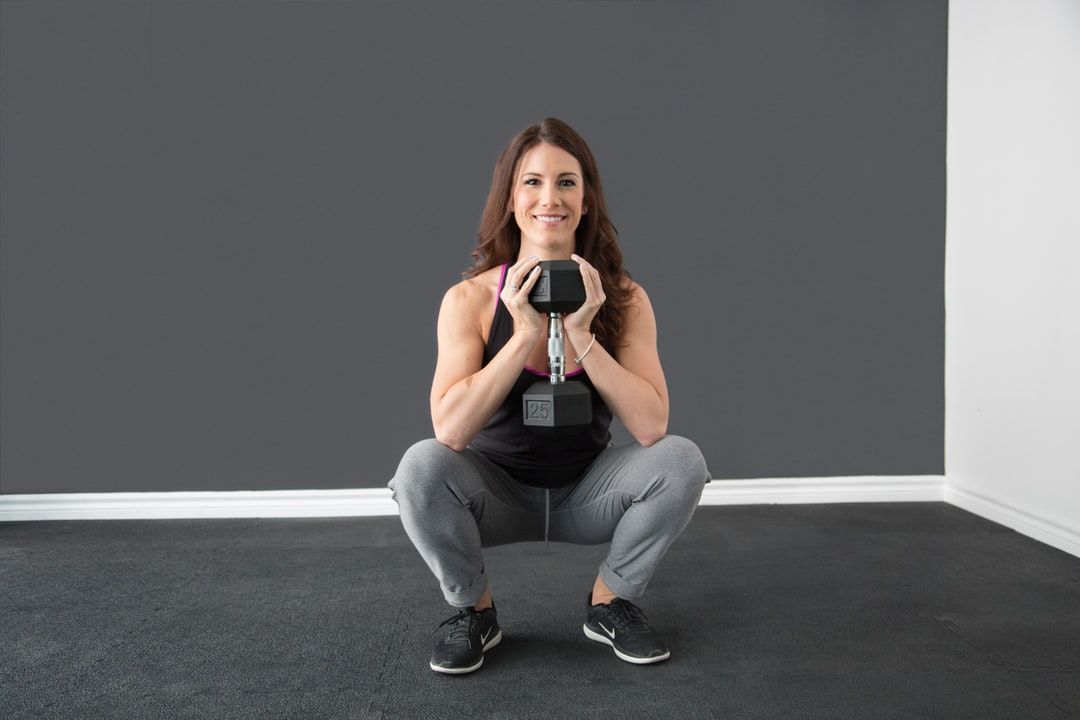How fitness has changed...
And What Hasn’t
How Fitness Has Changed—And What Hasn’t
From Star-Struck Barre Baby to Self-Paced Training Pioneer
In 1999, I was fresh out of college, living in New York, and chasing a lifelong dream of dancing on Broadway. Fitness was not the plan. Performing was. But like many performers in the city, I was juggling auditions and trying to pay rent. One day, flipping through The Village Voice, I saw an ad for a fitness instructor. I called. Fred DeVito called me back.
That phone call would end up shaping the rest of my life.
I showed up to the Lotte Berk Method studio for the first time a few days later. As I waited for class to start, Julia Roberts walked out of the studio, glowing. I’m just this girl from Maine, and now here I am—watching actual Julia Roberts stroll past me post-workout. Yes, she really is that gorgeous in person.
I hadn’t even taken the class yet, and I was already starstruck. But what happened inside that studio hit me even harder: it felt like something clicked.
Fred had me take class and then tested my flexibility. He told me I’d need to take class every day and start working at the front desk. I said yes. I showed up. Every single day.
Once I was ready to train, my schedule ramped up. I took two classes a day and observed one. There was no manual. No slides. No structured curriculum. Just a notebook. I scribbled down everything I saw and heard. I learned by watching, moving, mimicking. Years later, I’d learn there’s actually a term for that: see and steal. And honestly? It worked.
Barre Then vs. Now
Back then, barre was still this mysterious boutique thing. A small, intense, insider fitness world. It wasn’t on every corner or in every app. It certainly wasn’t trending on Instagram. It was exclusive, it was gritty, it was real.
The Lotte Berk Method was unlike anything else. It wasn’t yoga, it wasn’t dance class, it wasn’t strength training—but somehow it was all of those things. It was hard. It was precise. And it worked.
When I moved back to Maine and opened my own studio, I wanted to train teachers to carry that same spark I’d felt in NYC. But I also wanted to improve the training process. I remembered my Pilates certification with STOTT back in 2001—organized, manual-based, filled with lectures and peer practice. That structure was calling me. So I merged the two ideas: the intensity of barre, with the thoughtful education of a Pilates certification.
In 2006, I launched my first teacher training. It was 5 full days—8 hours a day. It was, in a word: brutal. My trainees were exhausted, overwhelmed, exhilarated, and transformed. My dad used to say people “looked like they’d been shot at and missed, shit at and hit.” That pretty much described my poor students by day five.
Eventually, I realized I needed to break it up into three levels. It was just too much to absorb all at once.
A Changing Industry
It’s been almost 20 years since then, and the fitness world has completely changed.
Now, most people have heard of barre. A lot of people have taken barre classes. You don’t need to explain what tuck, pulse, or under-the-barre means anymore. Group classes are the norm, boutique fitness studios are everywhere, and people expect more from their instructors than ever before.
There are more paths to becoming a teacher now, and more ways to deliver education. And for me, that meant it was finally time to revisit the structure of my own training programs—again.
With so much content available online, and more people than ever entering fitness through hybrid or second-career paths, I wanted to meet them where they were. Not just in the studio, but in their life.
Back to the Basics—With a Modern Twist
So now, I’ve come full circle. I’ve condensed both my Barre and Mat Pilates trainings into one accessible course each. Not a watered-down version—these are the full certifications. But what’s different is how you access them, and how you use them.
They’re self-paced. They’re digital. And they’re personalized.
Just like when I first started, the heart of the program is still the same: you learn by doing. But this time, you also have a manual. You have lectures. You have class plans. You have coaching—if you want it. You get to choose how deep you go.
It’s mentorship-ready. That means if you already work with a Pilates teacher, studio owner, or movement mentor, they can guide your practice alongside the course. Or, you can work directly with me. Or… you can just do it on your own. It’s your call.
Who It’s For (and Who It Isn’t)
These trainings aren’t just for people who want to teach full classes.
If you’re a Physical Therapist or Occupational Therapist who wants to integrate safe, intelligent movement into your clinical work—this is for you. You may never want to lead a group class, and that’s okay. You’ll walk away with skills you can use one-on-one with patients and clients.
If you’re a studio owner and you’re tired of waiting for the next in-person certification to train your staff—this is for you. You can use the self-paced course to cross-train employees when you have time, not when the schedule tells you to.
If you’re a lifelong student of movement who just wants to know more—this is for you. Learn at your pace, in your space.
But here’s who it’s not for: someone who’s expecting to be spoon-fed. The course will guide you, but it’s also going to ask something of you. You’ll need to show up, observe, practice, apply, and engage.
Just like I did at Lotte Berk. Just like all of us did, before YouTube tutorials and Instagram workouts.
Why It Matters
Fitness has changed, yes. But the body hasn’t.
The way we learn has evolved, but the need for smart, thoughtful, effective movement hasn’t. People still need strength, flexibility, balance, control, and confidence. They still need to recover from injuries, to feel empowered in their bodies, to understand how they move—and why it matters.
I love that we now have the tools to make movement education more accessible. I love that I can offer a full certification to someone in a small town in Montana or India or Maine. I love that we can meet students and teachers exactly where they are—and still ask them to rise to something more.
Fitness may have started out as a side hustle for me. But it has become my life’s work. And now, I get to share that with the next generation of teachers, therapists, and passionate movers.
Whether you're stepping into the studio, or hitting play from your living room—welcome. I can’t wait to see what you’ll build from here.
Interested in becoming certified?
Check out my fully self-paced [Mat Pilates Teacher Training] and [Barre Foundations to Mastery] programs. Want feedback or mentorship? I’ve got you. Want to fly solo? Go for it. However you learn best—I’m here to support you.
Here’s to the next 20 years of movement.


